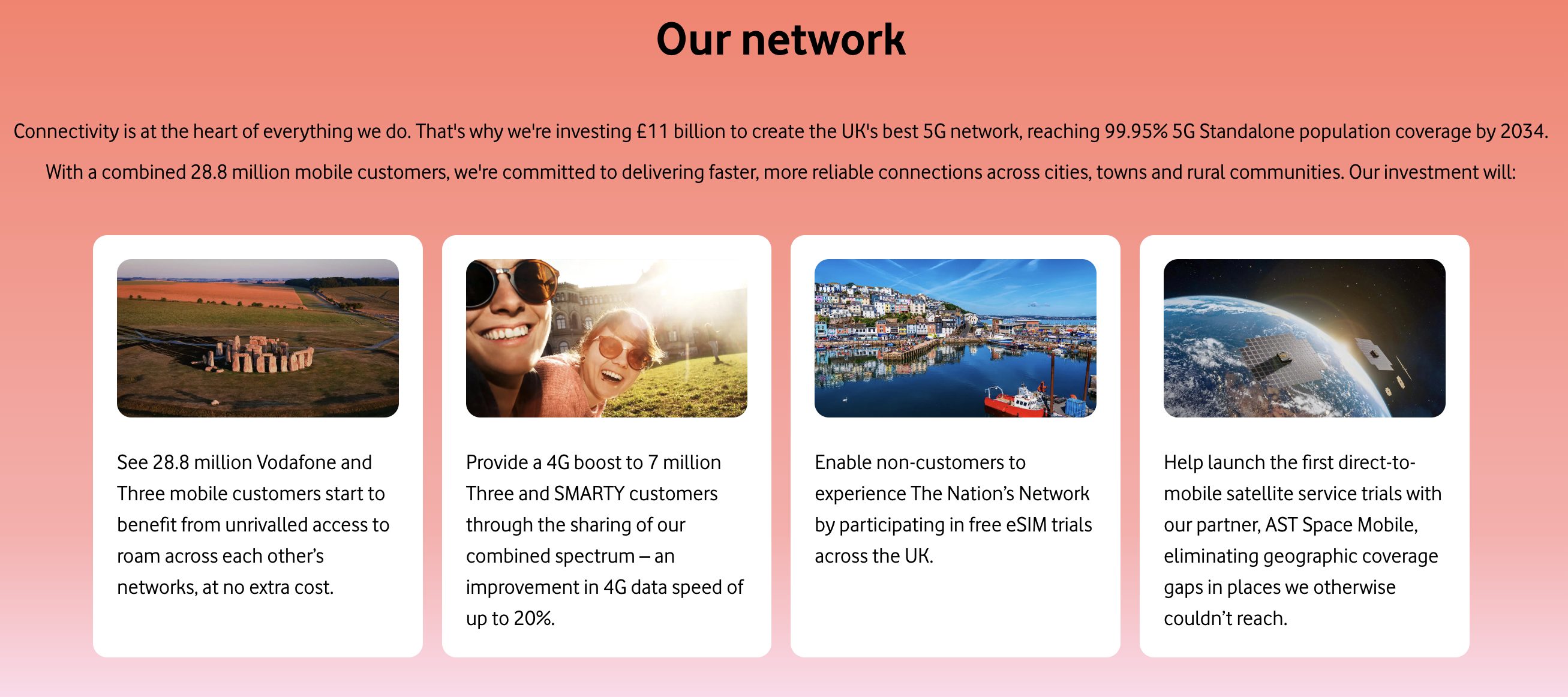


Key Takeaways:
- Joint ventures (JVs) are strategic alliances where two or more companies combine resources to achieve a shared goal, often creating a new legal entity.
- There are four main types of joint ventures: project-based, function-based, vertical, and horizontal, each serving different business needs.
- JVs differ from partnerships in structure, duration, liability, and risk sharing, making them ideal for high-impact business initiatives.
- When executed well, JVs can deliver faster innovation, market expansion, economies of scale, and increased credibility.
___
In 2025, joint ventures continue to be one of the smartest ways for companies to grow beyond their core business, expand their portfolios, and reach new markets. The right partnership can drive growth quickly, lower risk, and open the door to strategic alliances that would be difficult to build alone.
When companies combine their strengths, share resources, and work toward a common goal, they create a powerful platform for innovation and long-term market leadership. Joint ventures can also deliver economies of scale that lead to:
- Reduced production costs
- Increased purchasing power
For established brands, a well-structured joint venture can boost credibility, create market buzz, and make it easier to attract customers, investors, and strategic partners.
In this 2025 guide, we will look at how joint ventures work, the main types, and real-world examples showing how top companies are using them to stay ahead.
What is a joint venture?
A joint venture is a strategic arrangement between two or more companies in which they pool their resources and expertise to achieve a common goal. Each company brings a specific set of resources to the table, including capital, technology, personnel, or intellectual property, in exchange for a share of the revenues, expenses, and control of the joint venture.
Each participating company holds a stake in any profits, losses or costs associated with the joint venture. However, in most cases, the venture itself is its own entity, separate from each of its parent company’s broader business interests.
What are the benefits of joint ventures for corporations?
When executed well, joint ventures can be a catalyst for market expansion, accelerated product development, and sustained competitive advantage. Here’s a quick breakdown of the potential benefits:
1. Fast entry into new markets
Access new geographic regions, customer segments, and distribution channels without the long lead times or steep learning curves of going solo.
2. Shared investment and reduced risk
Pool capital, infrastructure, and expertise to minimise financial exposure, ideal for large-scale or high-impact initiatives.
3. Access to complementary expertise and resources
Joint venture partners bring complementary strengths (e.g. tech, networks, marketing reach, R&D capabilities). This creates synergies that neither party could achieve alone.
4. Accelerated innovation and speed to market
By combining development resources, time-to-market for new products or services can be dramatically shortened. This is especially critical in fast-moving consumer sectors like fashion, food & beverage, and entertainment, where trends shift quickly.
5. Increased competitive strength
Horizontal joint ventures can consolidate market share and set industry benchmarks, while vertical joint ventures strengthen supply chain control and operational efficiency. Both can create a more formidable market position against competitors.
6. Knowledge transfer and capability building
In addition to tangible assets, joint ventures facilitate knowledge sharing, from technical skills to deep market insights, enhancing each partner’s long-term capabilities.
7. Stronger negotiating power
Pooling volumes, brand equity, and operational reach can enhance bargaining positions with suppliers, distributors, and regulators, leading to cost efficiencies and strategic advantages.
In short, joint ventures can act as structured vehicles for growth, innovation, and market leadership in ways that are faster, more efficient, and less risky than going it alone.
What’s the difference between a joint venture and a partnership?
Both joint ventures and partnerships involve working together towards a common goal. In fact, you might say joint ventures are a “type” of partnership, which is why they share several similarities (e.g. pooling resources, working toward a common goal, etc.).
What types of joint ventures are there?
Joint ventures come in all shapes and sizes, with participants ranging from individuals to small and large businesses and even governments.
To give you a better idea of how joint ventures work, we’ve listed the four main types below:
- Project-based JVs: Temporary partnerships to complete a specific project or goal.
- Functional JVs: Partners share ongoing operations (e.g., marketing, distribution) while remaining independent.
- Vertical JVs: Companies from different supply-chain tiers (e.g., supplier + manufacturer) collaborate to optimise workflows.
- Horizontal JVs: Companies (e.g. competitors) combine resources to grow market reach and reduce expenses.
Let’s take a closer look at each type individually.
What is a project-based joint venture?
Project-based joint ventures are temporary partnerships established to collaborate on a specific project, typically with a defined goal and timeline. In this time-bound collaboration, companies pool capital, talent and technology to reach a defined objective faster and more effectively than they could alone.
Key characteristics of a project-based joint venture include:
- Goal: Centred on a specific project with a defined goal
- Duration: Dissolved once the goal or project succeeds
- Structure: Can be a new legal entity, a formal contract, or an informal collaboration
Project-based JV example: Futurecraft.Footprint

Partners: Adidas, Allbirds
In 2021, Adidas and Allbirds teamed up to co-develop Futurecraft.Footprint, a performance running shoe with reduced carbon emissions. The JV combined Adidas’s Lightstrike midsole technology with Allbirds’s bio-based sugarcane material, SweetFoam®, to produce a shoe with a carbon footprint of just 2.94 kg CO₂e, well below the industry average.
- Structure: Limited-run, product-specific JV between two footwear leaders
- Timeline: Announced in 2021; wider release in 2022
- Purpose: To create a sustainable sneaker
A textbook example of a project-based joint venture, it was created for one product, had a clear sustainability goal, and a defined launch timeline.
What is a function-based joint venture?
In a function-based joint venture, companies collaborate to perform a particular business function or activity, like marketing, sales, or distribution. This type of joint venture allows companies to leverage each other's expertise, resources, and networks in specific business areas, resulting in increased efficiency and market reach.
Key characteristics of a function-based joint venture include:
- Goal: Ongoing collaboration in a defined area (e.g. R&D, marketing, or distribution)
- Duration: Ongoing, as they often involve continuous business functions.
- Structure: Can be a separate legal entity or a less formal agreement.
Function-based joint venture example: Sony Honda Mobility Inc.

Partners: Sony Group Corporation, Honda Motor Co.
In 2022, Sony and Honda formed an ongoing, function-based joint venture to redefine premium electric mobility. Branded Sony Honda Mobility Inc., this partnership blends Sony’s strengths in sensors, software and entertainment with Honda’s automotive engineering and manufacturing prowess to develop, produce and support the Afeela EV line.
- Structure: 50/50 JV focused on EV design, production, and services.
- Timeline: Ongoing
- Purpose: Combine Sony’s tech with Honda’s manufacturing to scale Afeela worldwide.
The Sony-Honda partnership showcases a classic function-based JV, combining complementary strengths to gain a competitive advantage.
What is a vertical joint venture?
A vertical joint venture is a strategic collaboration between companies at different stages of the supply chain (e.g. manufacturers, distributors, or retailers). The goal is to optimise the supply chain by combining the unique capabilities and resources of each company, leading to increased efficiency, cost savings, and better control over production and distribution processes.
Key characteristics of vertical joint ventures include:
- Goal: Integrate supply-chain stages to enhance efficiency and streamline operations
- Duration: Long-term (aligned with product lifecycles)
- Structure: New entity or equity partnership with shared governance and investment
Vertical JV example: Looper Textile Co.

Partners: H&M Group, REMONDIS
In 2023, H&M Group and REMONDIS formed Looper Textile Co., a 50-50 joint venture to build large-scale garment-sorting infrastructure across Europe. The goal was to link textile collection directly with industrial reuse and recycling capabilities.
- Structure: 50-50 vertical joint venture
- Timeline: Announced 2023 with milestones planned for the future
- Purpose: Advance circular fashion goals
Each partner operates at different stages of the value chain, making Looper Textile Co. a solid vertical joint venture example.
What is a horizontal joint venture?
Horizontal joint ventures are strategic collaborations between companies that operate within the same industry or market, often as competitors. These partnerships focus on combining resources, technology, or expertise to achieve a shared objective, e.g. expanding into new markets or creating innovative products.
This type of venture can provide participating companies with a competitive edge by leveraging their collective strengths and helping them mitigate risk.
Key characteristics of horizontal joint ventures include:
- Goal: Combine assets to expand reach, increase market share, or share resources
- Duration: Short- or long-term, depending on the project scope and strategic goals
- Structure: New entity or equity partnership, shared governance and investment
Horizontal JV example: VodafoneThree

Partners: Vodafone Group, CK Hutchison Holdings (Three UK)
This JV unites two rival mobile network operators in the UK, Vodafone and Three, to form a single entity that combines their network infrastructure and subscriber bases, leveraging synergies for broader reach.
- Structure: 51% owned by Vodafone and 49% by CKHGT
- Timeline: Announced 2023; officially VodafoneThree Holdings in 2025  
- Purpose: Join assets and infrastructure to build the largest network in the UK
This is a textbook horizontal JV: two companies at the same business stage combining forces to strengthen their competitive position, rather than vertically integrating.
FAQs about joint ventures
Q. When should a company consider a joint venture?
A joint venture is ideal when entering a new market, sharing the risk of a large project, acquiring new capabilities, or testing a business model without fully committing internal resources.
Q. Do joint ventures always require a new legal entity?
No. They can be formed via contractual agreements without creating a separate company.
Q. What is the difference between a joint venture and a merger?
A JV is for a specific goal with separate operations; a merger fully integrates companies into one entity.
Q. How long do joint ventures typically last?
Project-based joint ventures typically last from months to a few years, concluding when the project is completed. Long-term joint ventures can run for decades.
Q. How do you exit a joint venture?
Exiting a joint venture typically involves selling your stake, transferring responsibilities to the other partner(s), or dissolving the entity. The process is usually outlined in the joint venture agreement to ensure a smooth transition.
Q. What makes a joint venture successful?
Successful joint ventures share clear goals, a well-defined governance structure, complementary strengths, strong communication, and a detailed exit plan.
Final thoughts
As shown in these real-world corporate joint venture examples, the right partnership can fast-track growth, open new markets, and drive innovation. With the right partner and structure, a JV can be a powerful growth engine.
Hungry for more inspiring examples? Be sure to check out our other joint venture article: 10 joint venture examples you should know about.
___
Ready to turn your joint venture idea into a market-leading success? At Bundl, we specialise in helping corporates design winning JV strategies and launch ventures built for long-term growth. Let’s create your next big success story.


.webp)







.svg)





